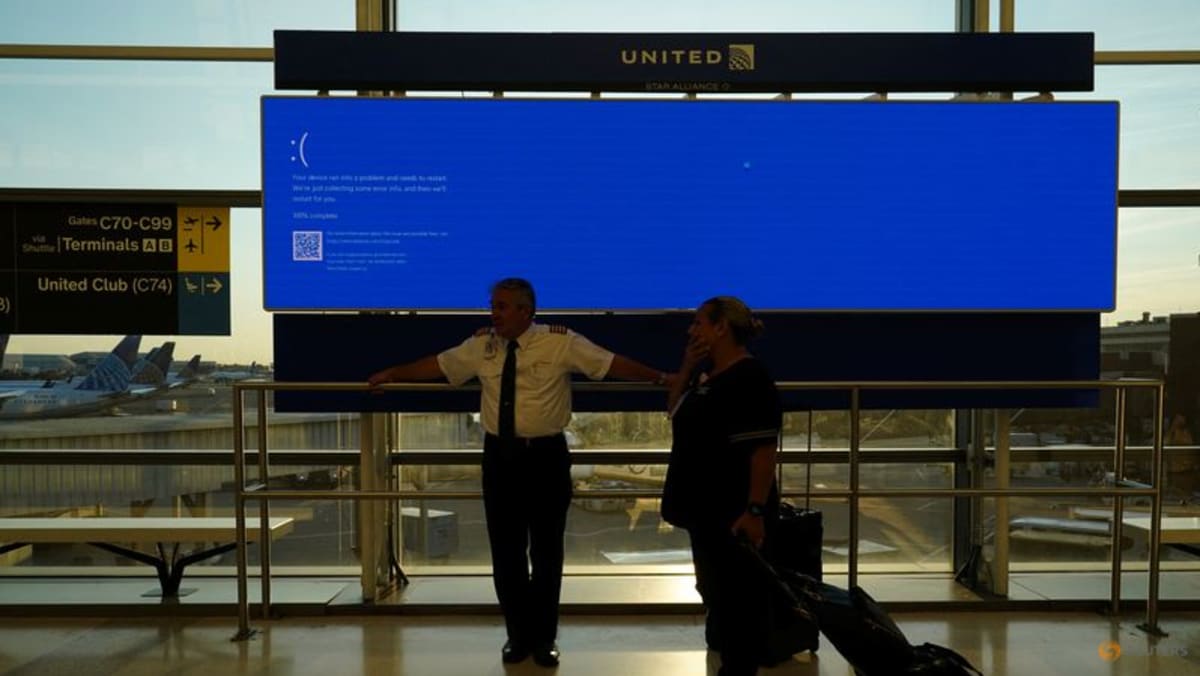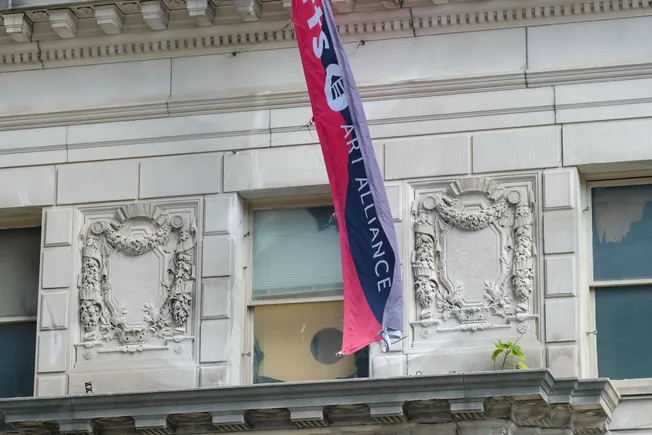Patients with inflammatory bowel disease (IBD) endure abdominal pain, diarrhea, rectal bleeding, and weight loss. As these symptoms develop, the cellular environment in the gut undergoes a dramatic transformation. Yet, scientists know little about the cellular geographical landscape of this remodeling as the disease progresses.
To spatially map these cellular trajectories in the gut, a research team, led by single cell biologist Jeffrey Moffitt from Boston Children’s Hospital and immunologist Roni Nowarski from Brigham and Women’s Hospital, imaged the RNA molecules of cells within the gut in a mouse model of colitis, before, during, and after inflammation. In their study published in Cell, the team showed that as the disease progressed, there was a gradual spatial transformation of the gut, partially shaped by the presence and distribution of diverse subpopulations of inflammation-related fibroblasts.1 Weeks after the removal of the colitis-inducing drug, some of these fibroblasts retained a memory of the inflammation.
“Spatial context is important in biology,” said Kylie James, a mucosal immunologist at the Garvan Institute of Medical Research who did not participate in the study. Knowing where the cells sit in the gastrointestinal wall is important for understanding their roles in inflammatory processes and their contributions to disease. “Traditionally this information has been lost,” she explained, because researchers often analyze these cells once they have been removed from the tissue. While previous studies have used spatial transcriptomics to map cell signatures within the gut architecture, “One of the unique aspects here is that they also look throughout the trajectory of inflammation, doing it [at] multiple timepoints to understand how the cell signatures change,” said James.2,3
In this study, researchers used multiplexed error-robust fluorescence in situ hybridization (MERFISH), a spatial transcriptomics technology, to follow the gene expression trajectories throughout the disease progression. They mapped 940 genes in the colons of mice prior to administration of the colitis-inducing drug (day zero), at the early disease period (day three), at the peak of inflammation (day nine), and after recovery (day 21 and day 35).
Using these data, they identified 25 tissue neighborhoods, defined statistically by recurrent local collections of cells. Each neighborhood was composed of a unique mixture of different cell types, such as epithelial, endothelial, immune, and fibroblasts, in specific proportions. Some neighborhoods were present at all stages (e.g., healthy and diseased) while others were unique to specific timepoints.
The researchers found that, as the disease progressed, the prevalence of many neighborhoods changed: the presence of some healthy neighborhoods lessened, while some inflammatory neighborhoods emerged. One of the signatures of most of these disease-emergent neighborhoods was the presence of diverse subpopulations of inflammation-associated fibroblasts, which arose from healthy fibroblasts. Fibroblasts are key immune regulators, and multiple studies previously hinted at some degree of heterogeneity in inflammatory fibroblasts during IBD.4,5 The present study identified inflammation-associated fibroblast subpopulations differing in gene expression, spatial location, and the disease stage at which they emerged.
“On a functional level, we still don’t understand very well what those different subsets of fibroblasts are doing,” said Nowarski. “What we were able to show in this work is that there is some unappreciated diversity of those fibroblast subsets.”
Some of these fibroblast populations retained inflammatory markers weeks after the colitis had resolved, pointing towards a potential memory of the disease. “That is really interesting, because in the human setting, we can see that even when people are in [IBD] remission, their gut is still different from a healthy individual,” said James. For instance, many patients may experience intermittent and unpredictable relapses.6 “I think that the kind of temporal information [presented in this study] can help us understand IBD even when active inflammation is not there.”
By mining into human data published by other groups, Moffitt, Nowarski, and their colleagues found human homologs of many molecular markers of the inflammatory states of the fibroblast subpopulations in patients with ulcerative colitis. This suggests that the inflamed human colon might also host diverse inflammation-associated fibroblast subsets while experiencing similar changes to the ones reported in this study.
However, the authors emphasized that fibroblasts are not the only cells undergoing transformation. “We see almost all cell types responding to the disease,” said coauthor Paolo Cadinu from Boston Children’s Hospital and Harvard Medical School. While this might seem like a trivial conclusion, “at the same time [it] is also exceedingly powerful, because it’s telling us that future studies should look really in details, and not just focus on how [a few cell types] are participating to the disease.”





















Discussion about this post